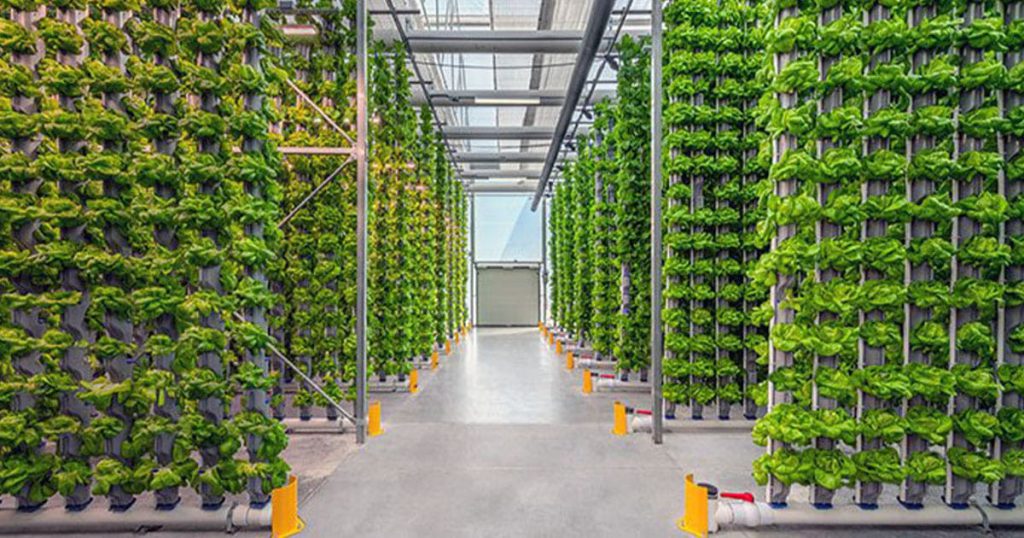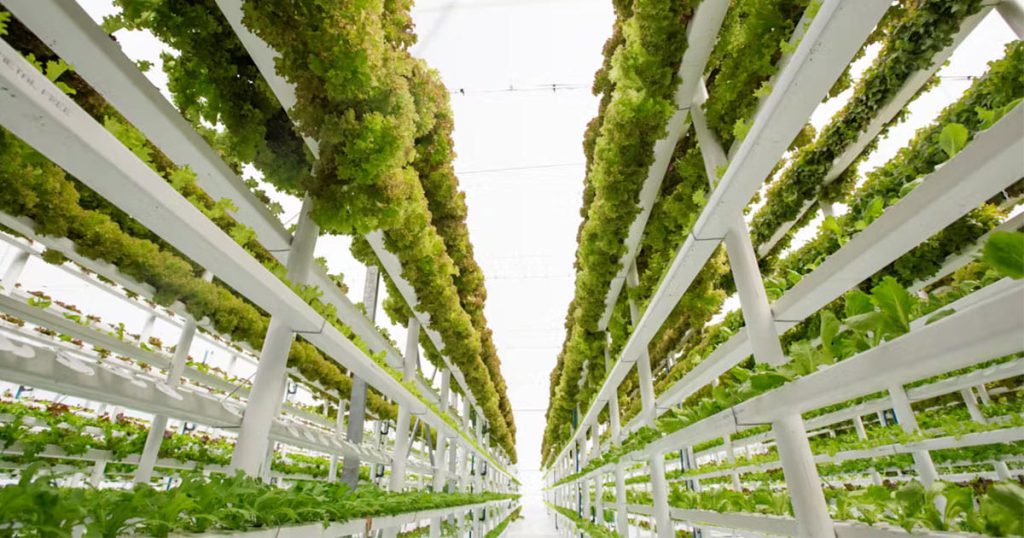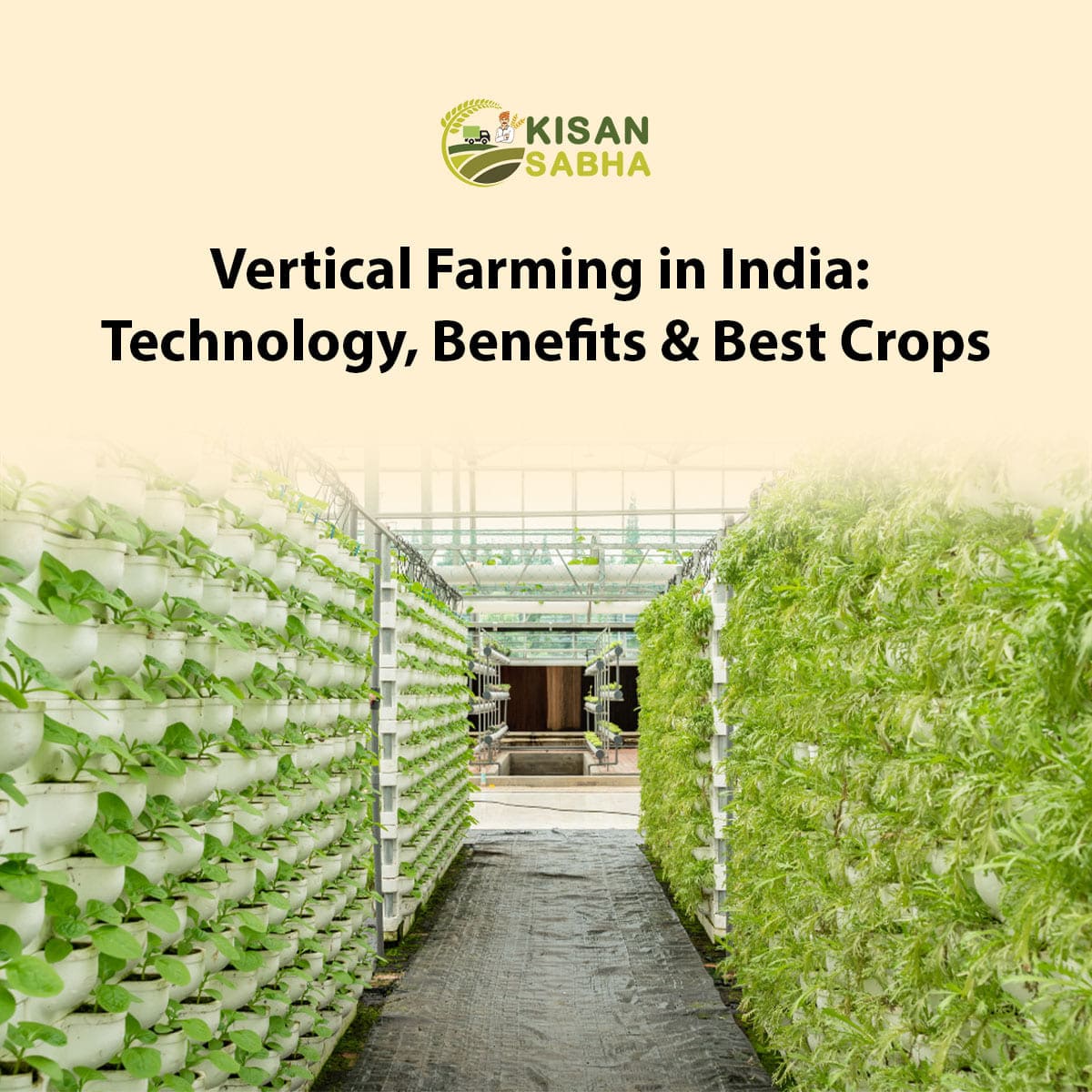Imagine walking through bustling streets lined with towering skyscrapers, only to discover verdant urban farms tucked away in corners and rooftops, teeming with fresh produce. Sounds futuristic? Welcome to the reality of vertical farming in India. This pioneering agricultural technique combines advanced technology with creative thinking to tackle the country’s ever-growing challenges of dwindling arable land, erratic weather patterns, and rising demand for fresh produce. In this article, we will explore the fundamentals of vertical farming in India, its benefits, and the ideal crops suited for this innovative approach.
Understanding Vertical Farming
Vertical farming refers to the practice of growing crops in stacked layers, typically in a controlled indoor environment. It draws inspiration from hydroponics, aeroponics, and aquaponics, wherein the root systems of plants are exposed to nutrient-infused water rather than soil. By controlling factors like temperature, humidity, and lighting, vertical farming produces consistently high yields, immune to external vagaries.

Technology Powering Vertical Farms
Employing cutting-edge tech, vertical farming transcends traditional agriculture:
- Automation:- Robotics and automated machinery handle tasks such as seeding, transplanting, and harvesting, eliminating manual labor.
- Sensors and Monitoring System:- Intelligent sensors gauge variables like light, humidity, temperature, and nutrient concentrations, relaying real-time data to maintain optimal growing conditions.
- LED Lighting:- Energy-efficient LED bulbs emit specific light spectra, encouraging photosynthesis and accelerating growth rates.
- Artificial Intelligence:- Machine Learning algorithms analyze vast datasets, predicting plant behavior, detecting signs of distress, and recommending corrective actions.
- Blockchain:- Traceability solutions store and share information about crop origin, handling, and transit, assuring quality and safety.
Types of Vertical Farming Systems
- Building-Based Vertical Farms:- Transforms unused vertical spaces of buildings into indoor farms using artificial lighting and climate control.
- Shipping Container Farms:- Repurposed insulated shipping containers that are low-cost and easily transportable.
- Stacked Shipping Pallet Farms:- Crops grown in vertical rows by stacking pallets within a supporting frame in tiered layers.
- Vertical-Axis Farms:- Rotating cylindrical structures with vertical planting surfaces illuminated from a central vertical light shaft.
- Tower Farms:- Food grown within tall hollow pillars or towers containing stacked growing systems.

Benefits of Vertical Farming
Adopting vertical farming in India opens doors to manifold advantages:
- Efficient Use of Resources:- Compact spaces, coupled with precise resource management, reduce water consumption by up to 90%, decrease land requirement, and cut down on transportation costs.
- Immune to Weather:- Protected from unpredictable weather, vertical farms deliver consistent yields, shielding farmers from crop failures and income loss.
- Rapid Turnaround:- Short growth cycles hasten production, translating into faster ROIs and satisfied consumers.
- Healthier Produce:- Free from pollutants and chemicals, vertical farming ensures healthier, safer produce, responding to escalating consciousness around nutrition.
- Circular Economy:- Zero-waste philosophies drive vertical farming, with nutrient-rich effluents recycled back into the system, mirroring ecological harmony.
- Job Creation:- Newfangled professions emerge, demanding skilled workers conversant with IoT, machine learning, and robotic engineering, igniting a ripple effect of employment generation.
Also Read:- The Importance of Weather Forecasting in Agriculture
Optimum Crops for Vertical Farming
Not all plants thrive equally in vertical farms. Careful deliberation determines suitable candidates:
- Greens Galore:- Leafy vegetables like lettuce, kale, spinach, and Swiss chard revel in the sheltered confines, maturing rapidly and supplying abundant foliage.
- Herbal Delights:- Basil, coriander, mint, and parsley respond enthusiastically to controlled environments, releasing tantalizing scents and packing wholesome goodness.
- Miniature Miracles:- Microgreens, sprouted seeds bursting with vitamin C, iron, and magnesium, fit snuggly within narrow frames, delighting epicures and fitness aficionados.
- Berry Bonanza:- Strawberries, blueberries, and raspberries assert themselves valiantly, ascending vertical planes, and satiating sweet tooth cravings.
- Flavorful Flowers:- Calendulas, zinnias, and nasturtiums inject vivid colors, doubling as visually arresting decorations and edible petals.
Challenges Looming Large
Vertical farming, despite its allure, wrestles with considerable adversities:
- Capital Investment:- Bulky initial outlays cast shadows over modest purses, hampering widespread adoption.
- Technical Expertise:- Competent personnel proficient in operating hi-tech gear remain scarce, slowing down progress.
- Societal Acceptance:- Escalating misconceptions about chemically treated produce versus genuinely organic vertical farming outputs beg clarification.
- Government Regulation:- The absence of explicit legislation governing vertical farming stirs uncertainty, inhibiting large-scale involvement.
Future Outlook on Vertical Farming
They are poised to expand in the coming years driven by the need to boost food production amidst climate change impacts and population growth. With advantages like higher yields, lower resource use, and year-round crop cycles, vertical farms can enhance food security, especially in urban environments.
In India, vertical farming is likely to proliferate around major metro cities to deliver pesticide-free produce to urban consumers. Abandoned buildings and unused vertical spaces can be repurposed into modular vertical farms using technologies like hydroponics, LED lighting, and climate control systems. Startups are emerging to offer affordable container and vertical farms using cutting-edge IoT-based monitoring.
Conclusion
Embracing vertical farming in India signals a paradigm shift in agricultural practices, steering clear of convention and stepping boldly into technologically advanced territory. Bolstered by promising benefits and an array of suitable crops, vertical farming stands tall, ready to shoulder the burden of meeting ever-increasing food demands. Only time shall tell whether it prevails over extant challenges and cements itself firmly within the annals of Indian agriculture. Until then, anticipation simmers, excitement brews, and faith stays steadfast in this audacious pursuit.





